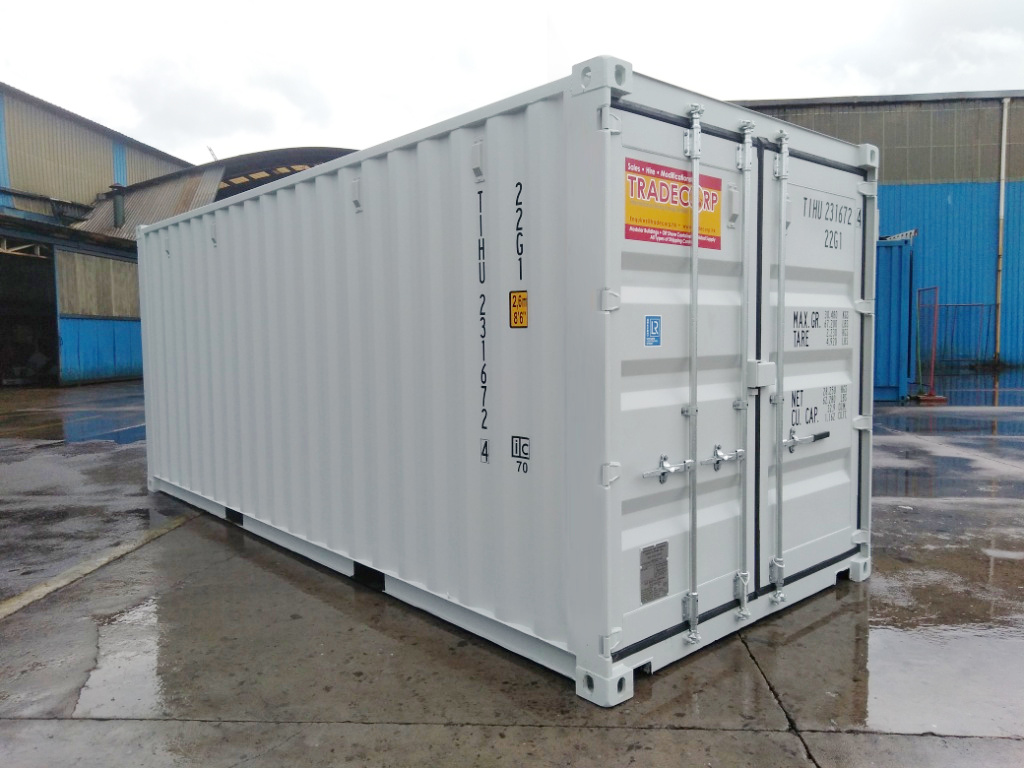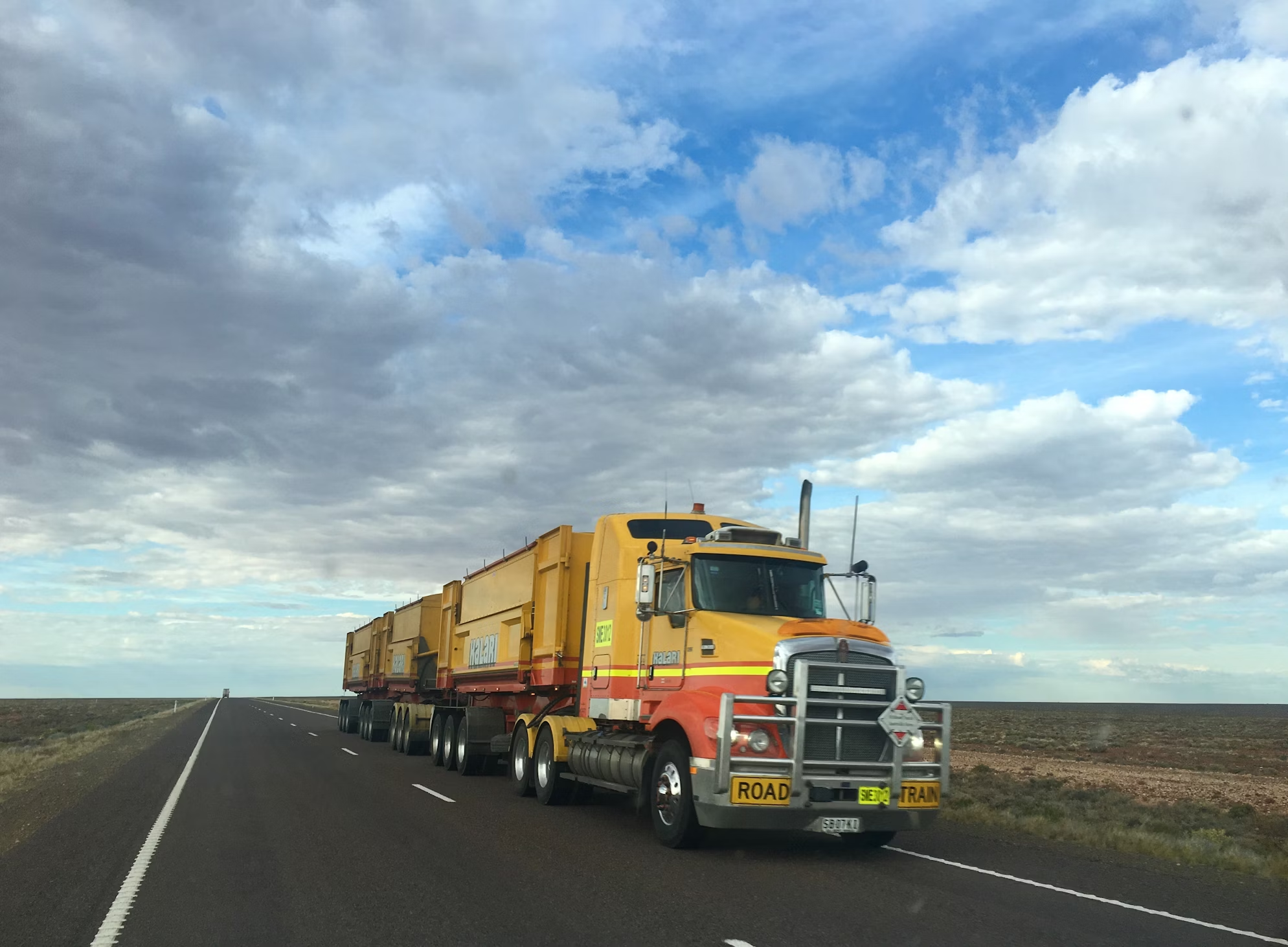Moving containers is something that every business must know how to do right. While shipping containers are durable and strong enough to protect their cargo better, these advantages will become moot if people don’t know how to handle them.
Because of that, moving containers needs as much attention and care as maintaining them. In this opportunity, let’s delve into the best methods of moving containers and tips concerning the process from start to finish.
General Specifications of 20-Foot Shipping Containers

20′ shipping containers are among the most popular sizes for shipping and storage. These containers are sturdy, weather-resistant, and capable of carrying substantial cargo, making them versatile for multiple uses across industries.
Typically, a 20-foot container from vendors like Tradecorp measures 20’ x 8’ x 8’6”. Meanwhile, the high-cube version of these containers is 9’6” tall, making them taller by 1 foot.
In terms of weight, an empty 20-foot container is around 4,500 pounds, but it can hold up to 67,200 pounds of cargo which makes it ideal for heavy goods.
Lastly, shipping containers use Corten steel as their construction material, which makes them rust-resistant and capable of withstanding harsh conditions like sea travel and extreme weather.
Methods for Moving Containers

Moving a 20-foot shipping container requires heavy-duty equipment that can handle significant weight. Here are some common methods to transport and relocate these containers:
Crane
Using a crane is one of the most reliable methods for moving 20-foot containers. Cranes can lift containers vertically, which is especially useful in tight spaces or for stacking containers on top of one another in container yards or ports.
- How It Works: The crane’s hoist system attaches to the container’s corners via twist locks for precise lifting and positioning.
- Best Use Cases: Cranes are ideal for moving containers to elevated positions or maneuvering them in places with limited horizontal movement.
- Advantages: Cranes provide stability and precision, making them excellent for moving containers over obstacles and into tight spaces.
- Considerations: While efficient, cranes are often costly to rent and require a skilled operator.
You can use cranes when you need maximum control over the container’s movement, especially in challenging terrains.
Forklift
Forklifts offer a versatile and relatively quick option for moving containers. They come in various capacities, but the heavy-duty models capable of handling the weight of a 20-foot container are generally referred to as “container forklifts.”
- How It Works: The forklift’s forks slide underneath the container to lift it off the ground for transport. Some forklifts also have dedicated spreaders for more stable container handling.
- Best Use Cases: Forklifts are useful for shorter distances and are common in warehouses, storage facilities, and ports.
- Advantages: Forklifts are easier to operate, can navigate tighter spaces, and offer flexibility for moving containers around storage yards.
- Considerations: Moving heavy containers can strain the forklift if it’s not in the right capacity, resulting in safety risks. Additionally, driving over uneven surfaces with a forklift carrying a container can destabilize the load.
Forklifts are perfect when you must move containers frequently within a confined area.
Tractor
Tractors are suitable when moving containers over moderate distances on solid ground. Tractors can pull containers on trailers, often in port areas or industrial settings.
- How It Works: Operators load the container onto the tractor before attaching it to the platform for towing.
- Best Use Cases: Tractors are common in container yards and ports to transport containers over relatively short distances.
- Advantages: They provide strong traction and stability and are often more cost-effective than cranes for repetitive moves within limited areas.
- Considerations: Tractors aren’t ideal for precise placement, so they’re better suited to moving containers in bulk rather than for intricate positioning.
Thanks to these characteristics, tractors shine in repetitive, high-frequency operations where you must shuffle containers over short distances.
Truck
When you need to move a 20-foot container over long distances, trucks are the go-to solution for that purpose. Trucks provide the necessary power and stability to transport containers on highways and roads.
- How It Works: Place the container onto a chassis (container trailer) connected to the truck. The truck then hauls the load to the destination.
- Best Use Cases: Trucks are perfect for delivering containers to off-site locations, construction sites, and warehouses.
- Advantages: Trucks offer flexibility and can travel long distances and reach locations other transportation means may not access.
- Considerations: Moving containers with trucks can be expensive due to fuel and logistics, especially for extended trips. Properly securing the container on the chassis is crucial to prevent any shifting or accidents during transit.
With the right permits and equipment, trucks can transport containers just about anywhere you want.
Safety Tips

As always, additional safety tips can increase the container moving’s convenience during the process. You can make the following considerations to move your containers safely during operations.
Proper Training and Certification
Everyone involved in moving containers must have the necessary training and certification to make the process safe. Many jurisdictions require operators to undergo specific safety training to operate this machinery.
Ensure that the operators are well-versed in the moving tools’ weight limits, lifting procedures, and emergency procedures in case they malfunction or cause accidents.
Use of Personal Protective Equipment (PPE)
Safety gear is non-negotiable when handling shipping containers. All personnel involved in the process should wear the appropriate PPE, including hard hats, high-visibility vests, steel-toed boots, gloves, and safety glasses or goggles.
Inspect Equipment Before Use
Always inspect the moving equipment thoroughly before starting any lifting or transport operations. This includes checking the cranes and forklifts’ lift chains, slings, and lifting hooks to ensure they are in good condition.
You should also check the tractors and trucks’ wheels, brakes, and lights are in working order. For trucks, check that the container is properly secured to the chassis or flatbed trailer before transport.
Check Container Stability
Before moving a 20-foot shipping container, always ensure it is stable and properly secured. Unstable containers can tip over or shift during transport, leading to damage or accidents.
To check stability, properly position the container level on the ground and stack the containers evenly and securely. Do not overload stacks since it increases the risk of containers shifting or falling.
Monitor Weather Conditions
Weather can have a significant impact on the safety of moving containers. Wind, rain, and icy conditions can make handling containers more dangerous.
To keep things safe, check forecasts to avoid moving containers in high winds or during storms and monitor ground conditions that can cause accidents.
Postpone moving containers during extreme weather conditions to avoid accidents.
Plan for Emergency Situations
Even when you take all the necessary precautions, unwanted accidents can still happen. That’s why it’s important to have a clear plan in place for emergencies to minimize damage.
To ensure readiness in emergencies, make sure all team members have contact information for emergency services, equipment rental companies, or a supervisor, and are aware of the location and usage of a first aid kit and fire extinguisher if flammable materials are present.
Additionally, establish and regularly review an evacuation plan to facilitate quick, safe exits during critical incidents.
Conclusion
With the best knowledge and practices of moving containers, you can keep them from harm that can cause losses for your business. To keep your cargo safe along the way, only trust Tradecorp and no other vendors! With over 35 years of considerable experience in the industry, Tradecorp always satisfies all of its customers’ container-related projects. Book today via our quote form and we’ll reply soon to find the best container just for you!


